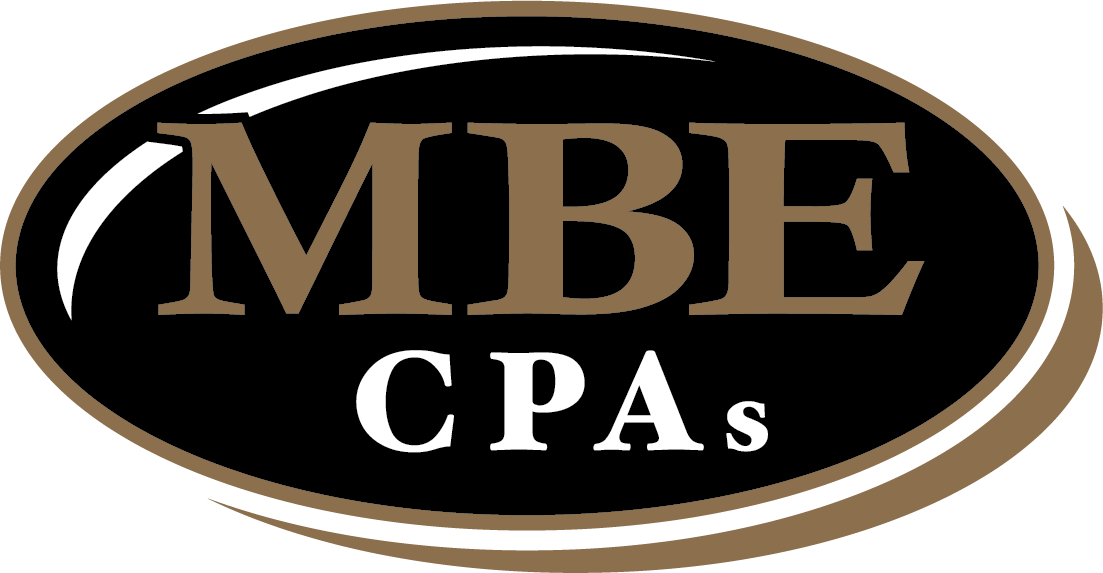Profit More from Each Audiology Patient Visit

Authored by: Frank Vinopal – Partner, CPA | Date Published: June 20, 2025
For many Audiology practice owners, the default strategy for boosting revenue sounds simple: see more patients. But is that always the best solution?
In reality, many practices face limitations that make it difficult to increase patient volume without a proportional rise in overhead, like space, staffing, or time. Adding new patients often requires hiring more staff, expanding hours, or investing in more infrastructure, which eats into profitability.
Let’s also not forget that patients come to you for medical treatment, not to buy a product. Treating hearing loss is a clinical, life-improving service and not a retail transaction.
So what if there was a way to grow your practice’s revenue without expanding your patient base?
Featured Topics:
The Power of Conversion
Consider this scenario: A clinic that books ten opportunity appointments in a typical week. These are patients who present a clear need for hearing treatment. Yet only three or four of them follow through with a hearing aid fitting. With a conversion rate of just 30 to 40%, the majority of opportunities go unrealized.
Improving that number to 7 or 8 weekly fittings could significantly increase revenue, without increasing marketing spend or appointment load. When you start maximizing each opportunity, profitability becomes more sustainable.
Let’s look at how you can make that shift.
Strategies to Increase Your Conversion Rate (from 3-4 to 7-8!)
Train Providers to Educate, Not Sell
One of the most effective ways to improve conversion is by helping providers become stronger communicators. Patients need to understand why hearing treatment matters and how it will improve their lives. The conversation should not revolve around products, but instead focus on the health consequences of untreated hearing loss, like cognitive decline or social isolation.
Training methods such as role-playing or coaching help clinicians build confidence and better convey the value of treatment. When patients clearly understand how treatment enhances their quality of life, they are more likely to accept care.
Educate Patients Before Their First Visit
Patient readiness often depends on understanding the why behind treatment. Before the appointment, send articles, brochures, or videos explaining how untreated hearing loss can contribute to isolation, depression, and even dementia. Johns Hopkins’ research, for example, found that moderate hearing loss triples the risk of dementia, while severe loss increases it fivefold.
Other studies show that the use of hearing aids may reduce long-term cognitive decline by up to 50% in high-risk adults. When patients receive this kind of information before they walk in, they’re already inclined to say “yes.”

Create a Patient-Centric Experience
The way a consultation is structured matters just as much as what is discussed. A rushed or overly transactional experience can make patients feel like they’re being sold to, not cared for. On the other hand, a welcoming and informative environment reassures them and reinforces that they are receiving medical treatment.
Paying attention to layout, tone, and flow, such as offering private space for questions and adequate time for decisions, can improve the overall experience and lead to stronger conversion results.
Build Up Trust Through Follow-Ups
Even the best consultations sometimes pause at “not now.” Some patients won’t be ready to commit immediately. Instead of closing the door, it’s good to keep the relationship going through a structured follow-up plan.
Rather than leaving those opportunities behind, here is a strategic approach:
- Follow up within a week by phone or email to answer questions
- Send patient testimonials or case studies
- Re-engage them a month later with an appointment reminder or updated educational content
Unless you follow up, you won’t know that a brief email, phone call, or extra educational material might be all it takes to bring them back. Following up shows that you’re invested in the patient’s well-being, not just the sale. Many patients need more time or information to move forward, and providing it keeps the door open for a future decision.
Other Ways to Increase Your Bottom Line (Beyond Conversion)
Improving conversion is just one piece of the puzzle. Efficient operations and documented processes also play key roles.
Efficient Operations: Are your billing processes efficient? You might be losing revenue from preventable errors or delayed reimbursements in your audiology’s cash flow.
Documented Processes: In order to alleviate any confusion on what it takes to operate efficiently, documenting the steps that you and your staff do will not only allow you to be as efficient as possible but also will allow you to help hold everyone accountable to the process you have designed.
For a deeper look at financial strategies tailored to audiology practices, explore MBE CPAs’ guide on how to strengthen your audiology practice finances.
Final Takeaway

You don’t need a busier schedule to achieve better financial outcomes. By improving conversion rates, enhancing the patient experience, and reviewing your operations, you can grow revenue without overextending your team or budget. When your focus is on maximizing the potential of each interaction, your practice becomes more efficient, sustainable, and profitable.
MBE CPAs has helped private practice audiologists across the country implement strategies with services ranging from tax planning and payroll to business advisory. If you’re ready to take a deeper look at what’s working and what’s quietly costing you, we’re here to help.
Schedule a consultation and let’s talk about how to optimize your bottom line without burning out.
